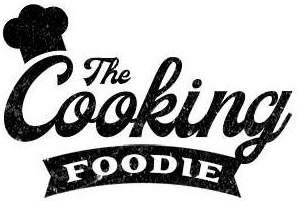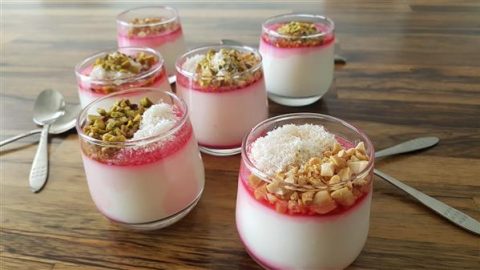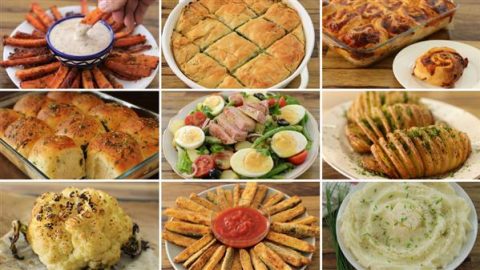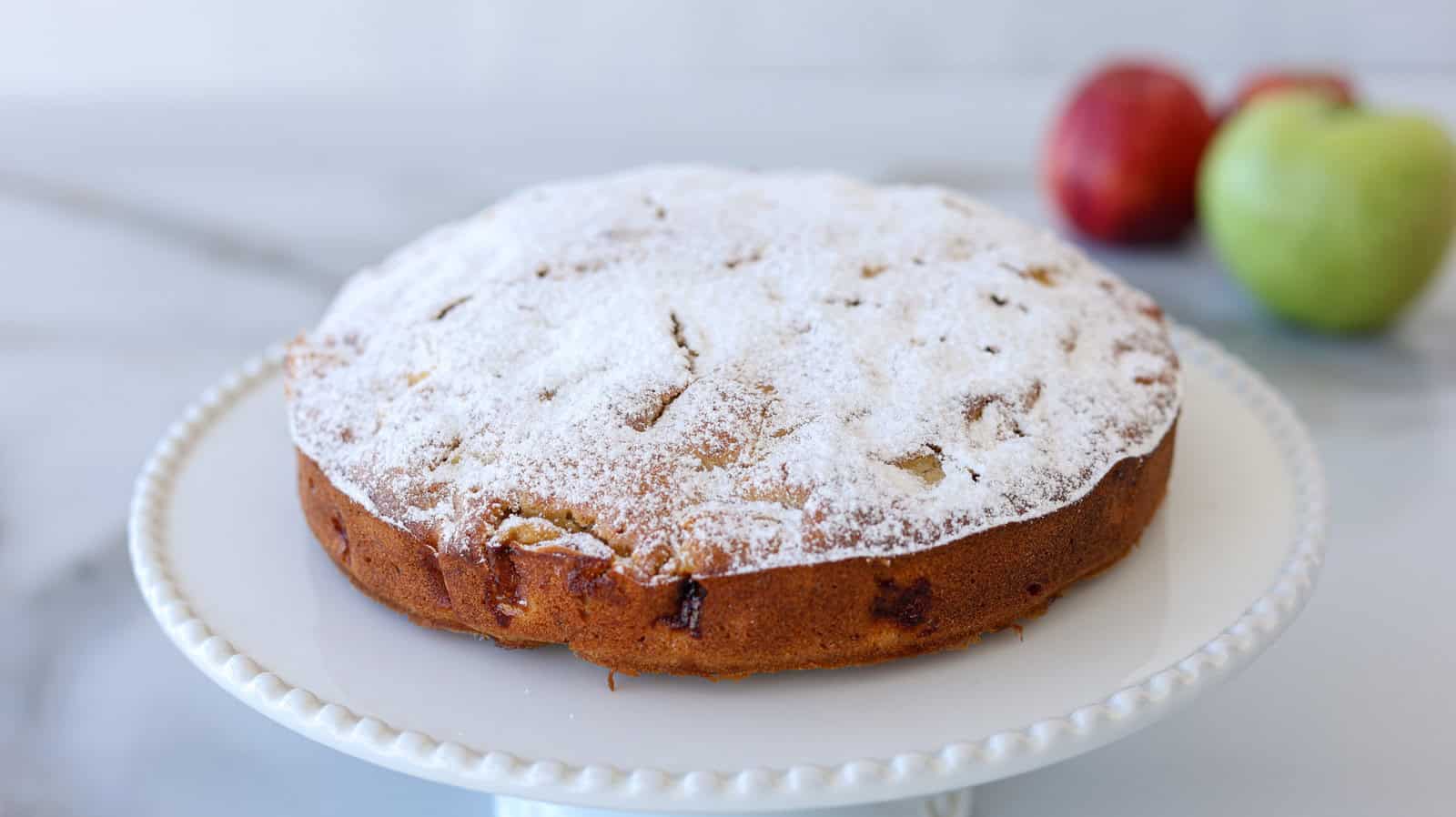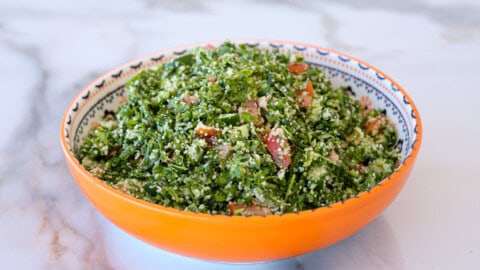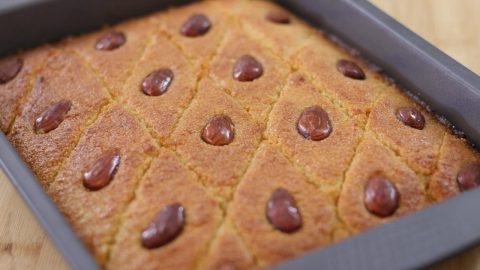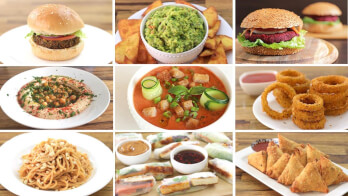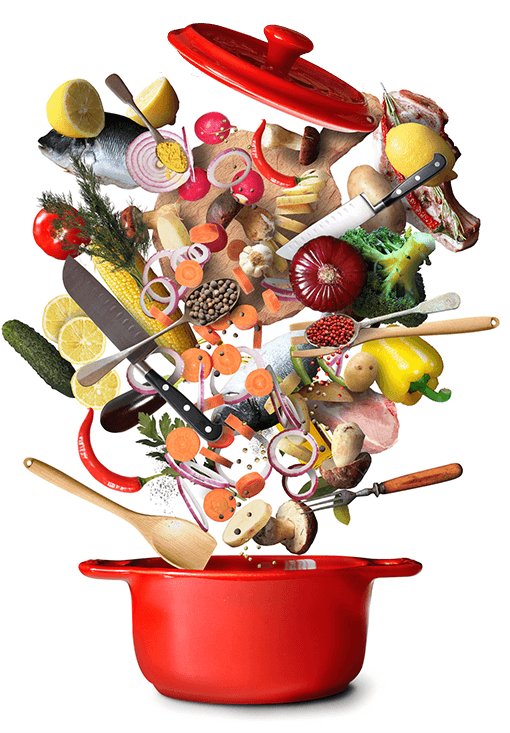The Best Baba Ganoush Recipe
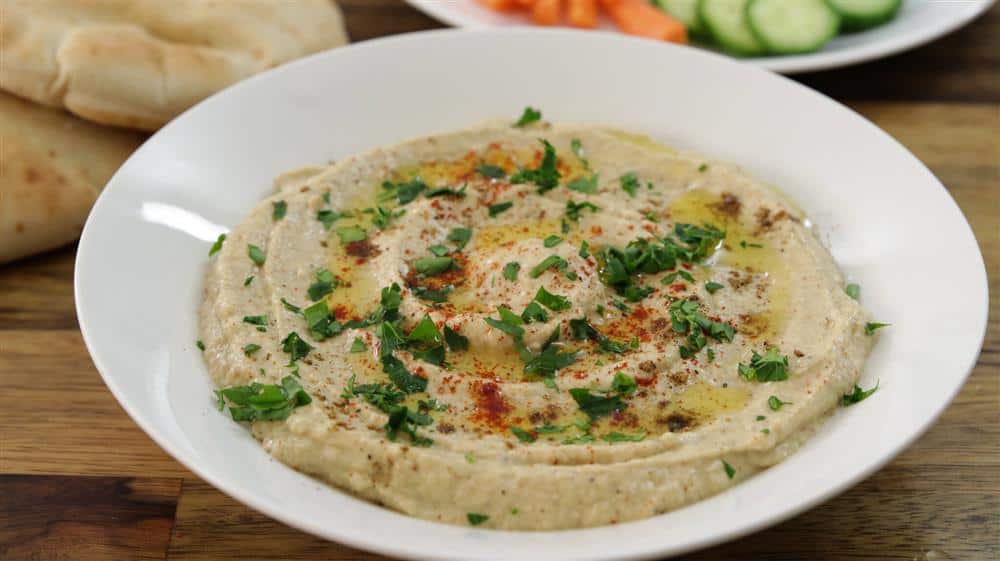
Learn how to make the best homemade baba ganoush recipe. This recipe is very easy to make, vegan, perfect as a dip or as a side dish. If you are not familiar with baba ganoush, it’s a middle eastern dip made of roasted or grilled eggplants, blended with tahini, olive oil and garlic. The result is creamy, rich and smoky side dish.
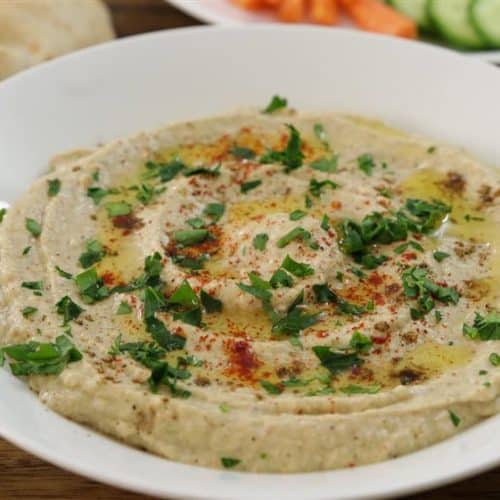
The Best Baba Ganoush Recipe
Ingredients
- 2 Medium-large eggplants
- 2 Garlic cloves crushed
- ⅓ cup 80g Tahini, raw
- ¼ cup 60ml Olive oil
- 2 tablespoons Lemon juice
- Salt to taste
- ½ teaspoon Cumin
- ¼ teaspoon Paprika
For garnishing (optional):
- Paprika
- Olive oil
- Parsley chopped
Instructions
- DIRECTIONS
- Preheat oven to 450F (225C). Line a baking tray with parchment paper or with a foil.
- Pierce the eggplants with a fork, place them on the baking sheet and roast them for 40-50 minutes, or until it is soft and collapses to the touch. Remove from the oven and allow to cool.
- Peel the skin (or just scoop the flesh out) and remove as much seeds as possible. Drain the eggplants from the liquids and place in a food processor.
- Add garlic, lemon juice, olive oil, tahini, salt, pepper and paprika. Process just until everything is blended, do not over process.
- Transfer to a serving dish, sprinkle with chopped parsley, paprika, and some olive oil. Serve with pita and veggies.
Video

